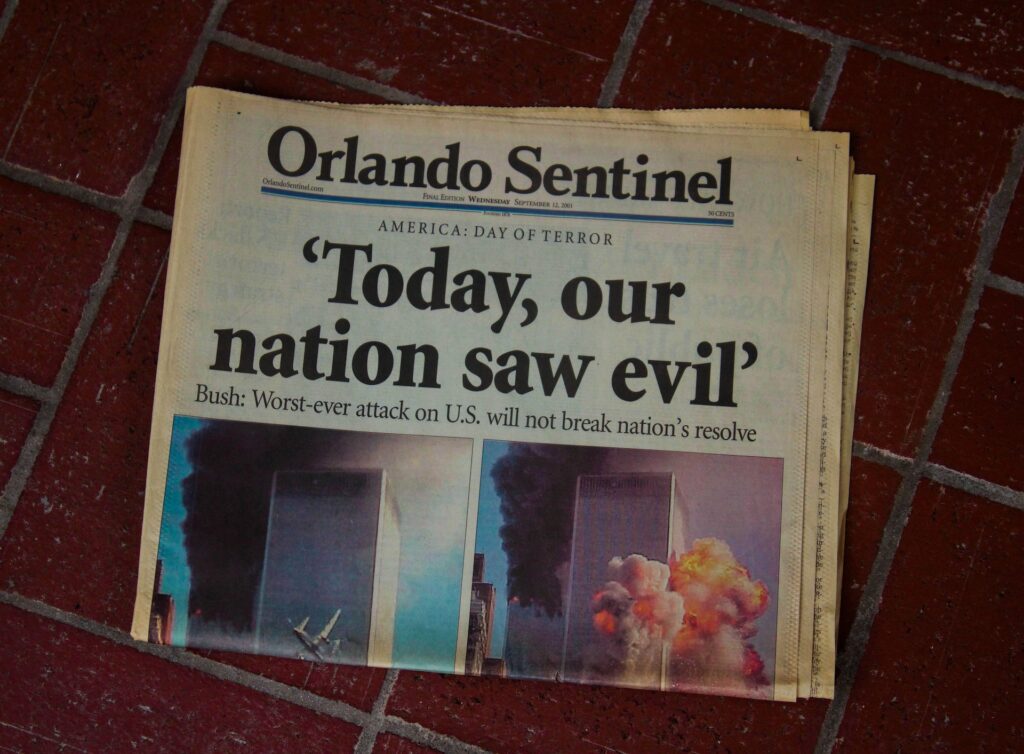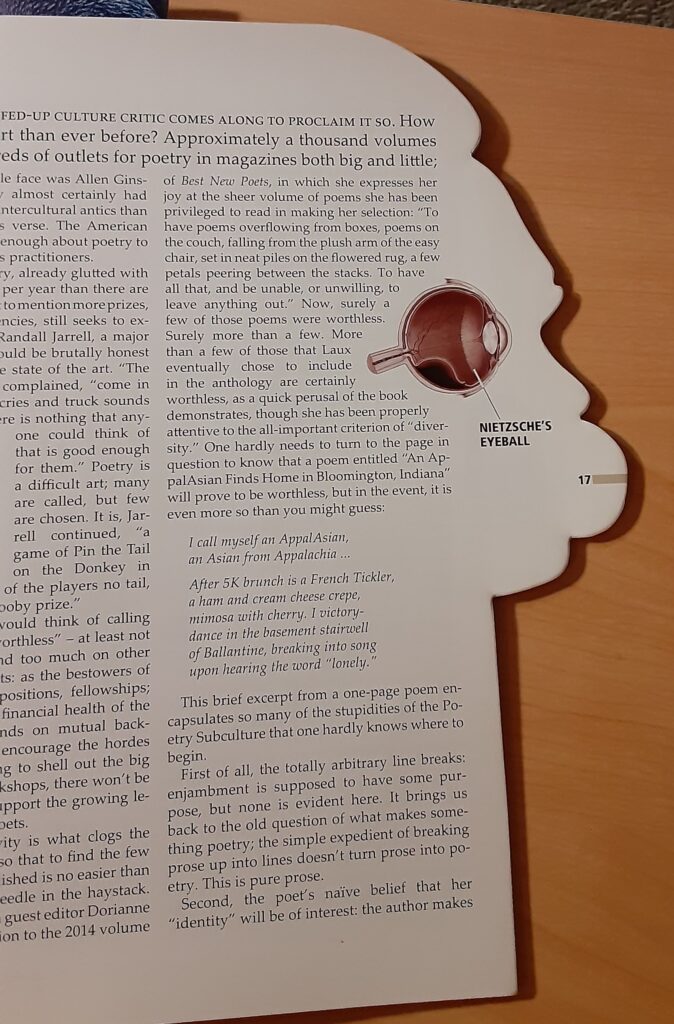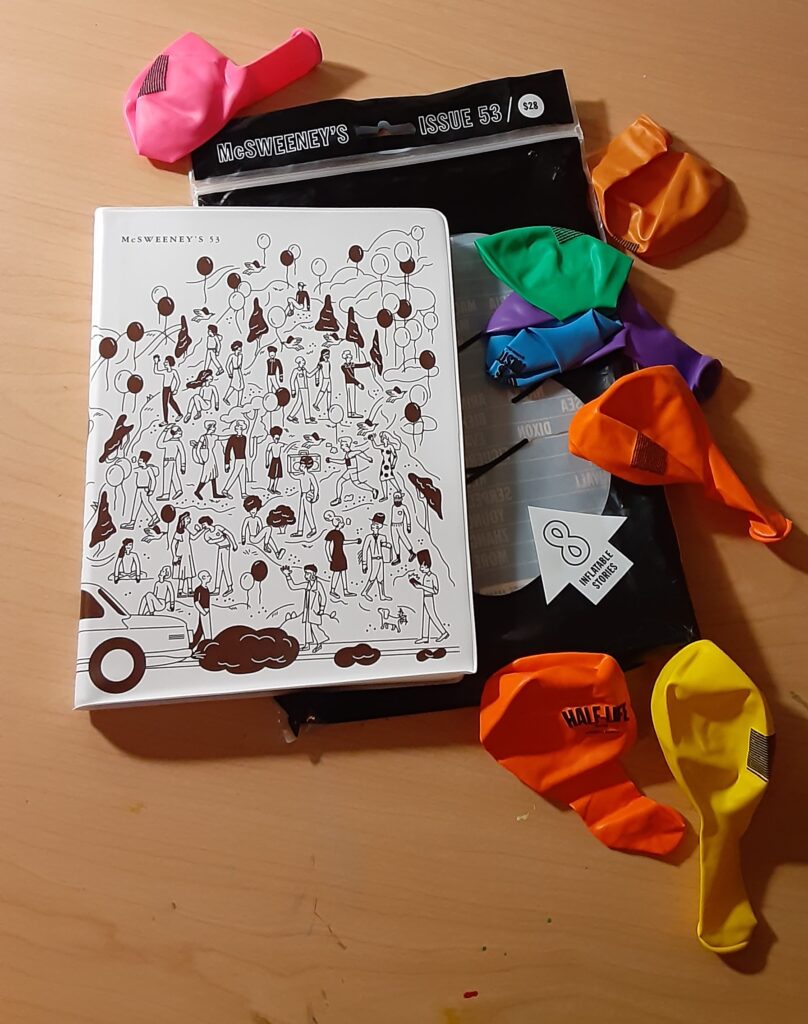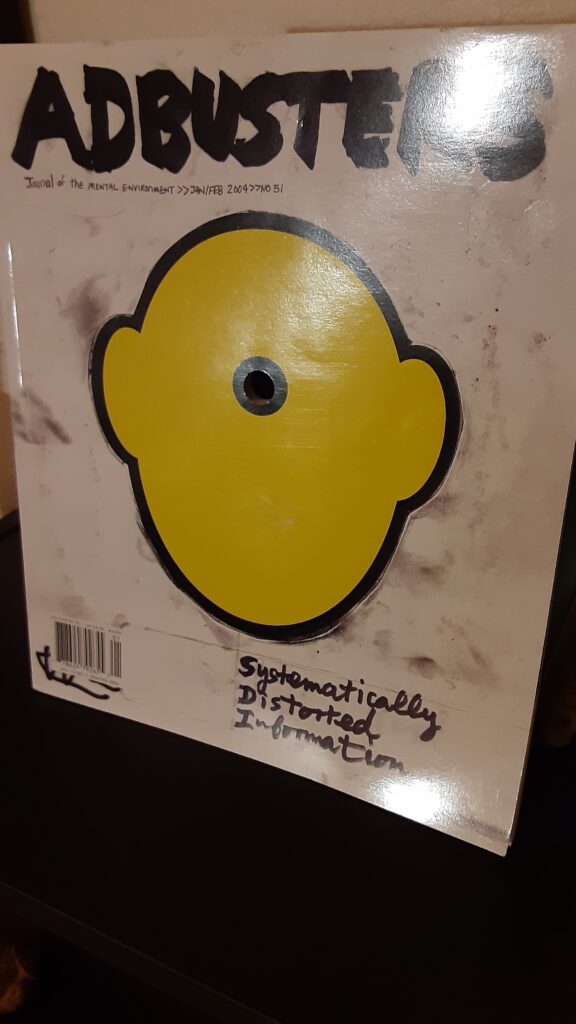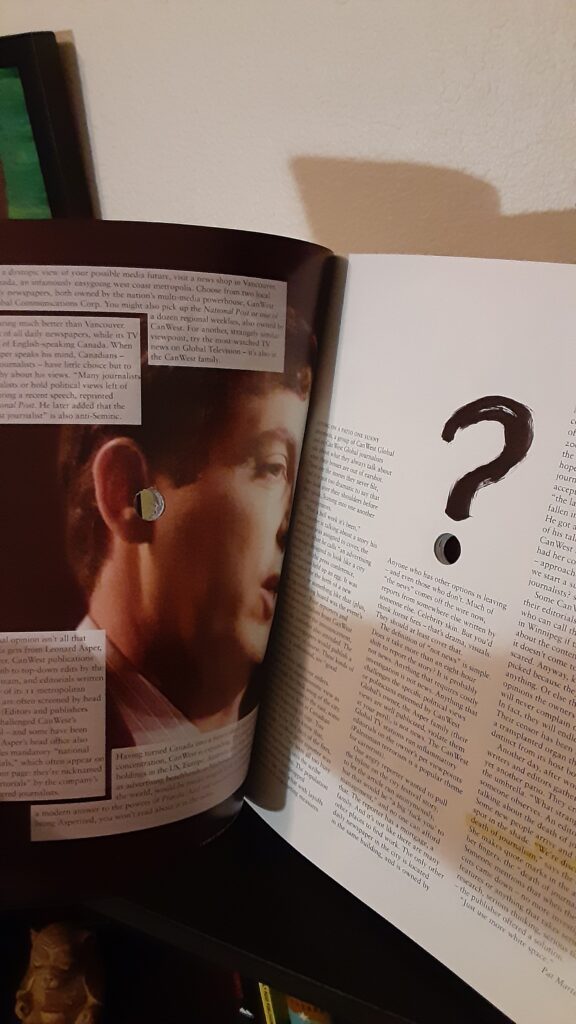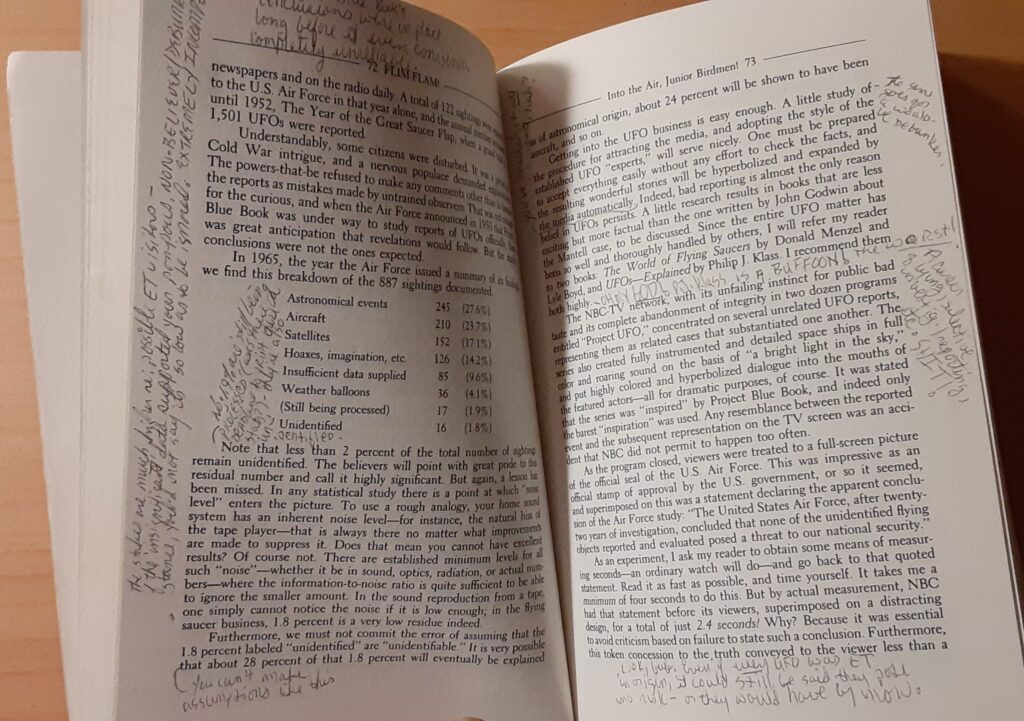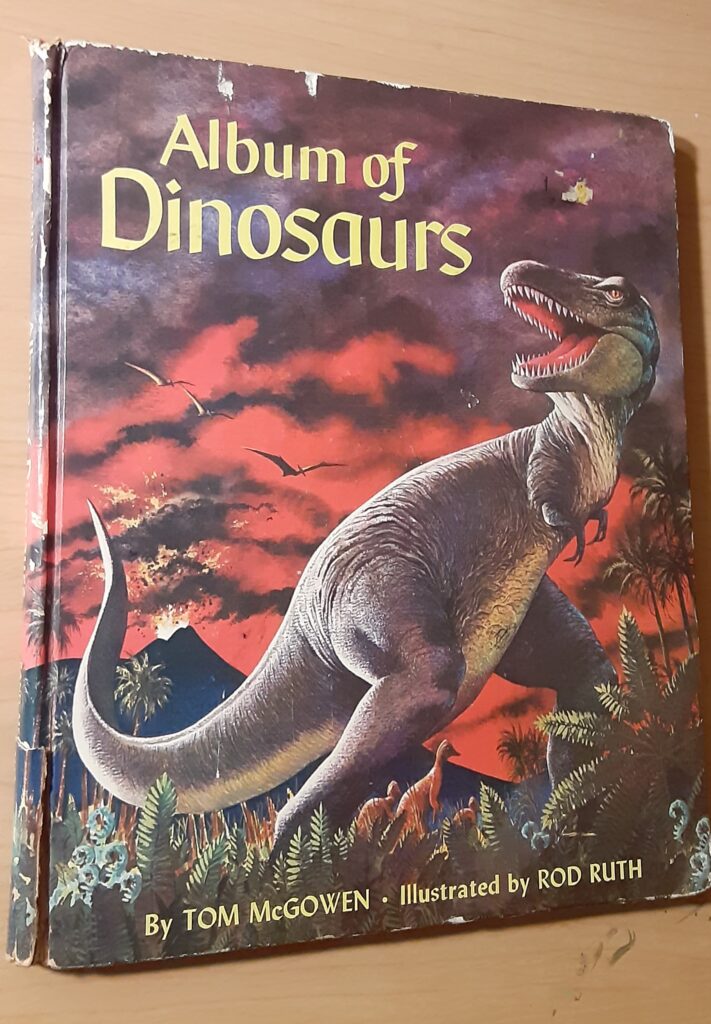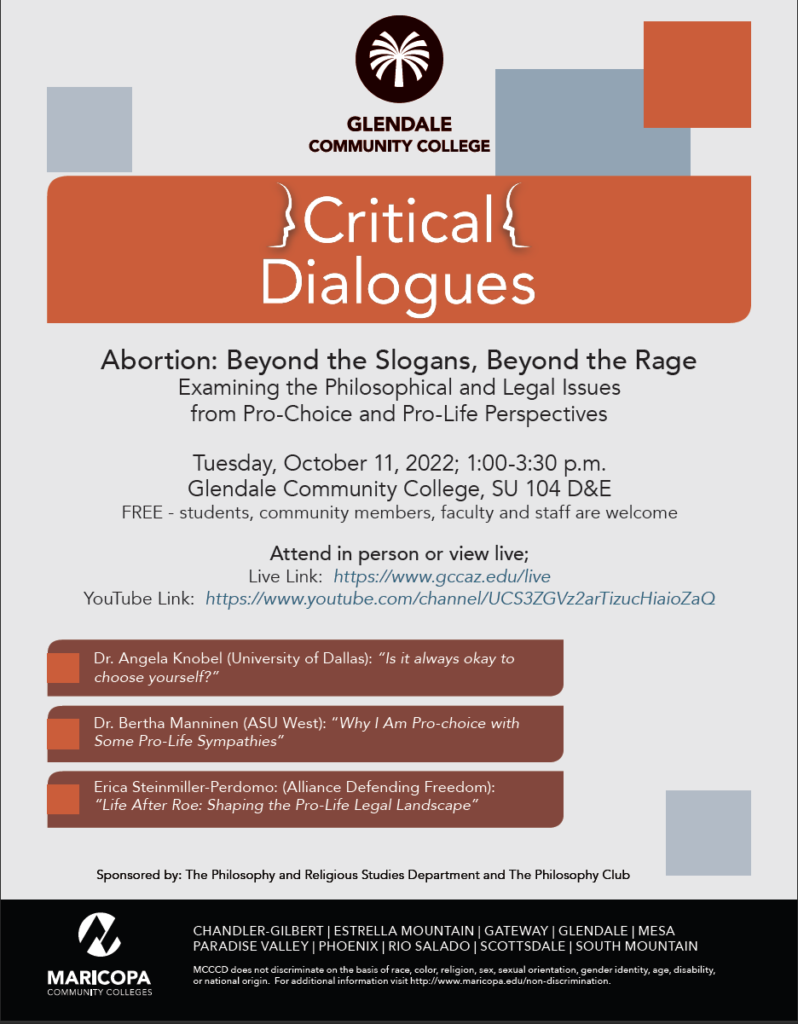Every semester, I have my ESL students do fun learning activities on the whiteboards. It allows them to do some fun tangible activities and gets them out of their seats.
Vase Auction
For this activity, I have several students go to the whiteboard and draw a vase.
Then, we hold a vase auction. The other students get to bid on the vases. Invariably, bidding starts at two or three dollars and jumps to thousands, millions, sometimes even zillions of dollars. During the fun, students learn vocabulary (vase, auction, bid). Afterwards, we discuss it so they can practice using past tense verbs (so difficult but important for ESL students!): “I bought a purple vase.” “We had an auction.”
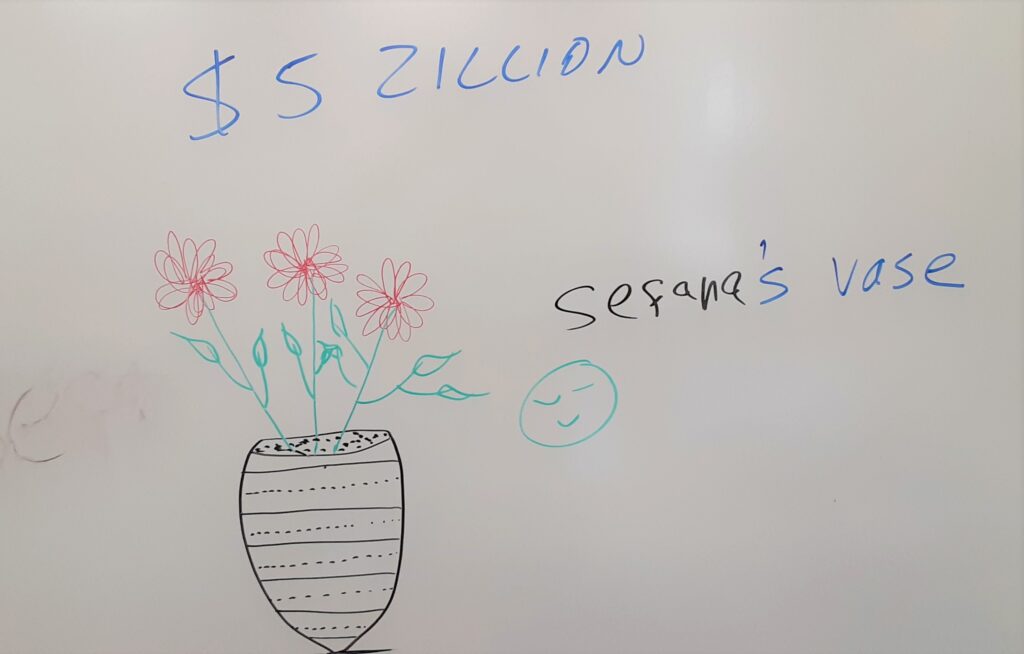
Ambidextrous Drawings
In another activity, I begin with the question “Are you right-handed or left-handed?” We have a brief discussion about it. One student told us that, as a child in her native country, the teacher forced her to be right-handed by smacking her left hand with a stick.
I then demonstrate how to draw two things simultaneously with both hands (I first saw someone do it on TV in the 90’s, and it blew me away!).

Then, I have several volunteers go to the board and do their own “ambidextrous drawings.” Afterwards, they again get to practice using past tense verbs : “I drew two fish.” “I drew houses.”
Drawing in the Present Continuous Tense
Another activity I have them do is draw something and describe it with a sentence using the present continuous tense. Here are some examples:



This last one stands out – because it’s me (wearing my Henley shirt and cardigan sweater)! I think I just found a fun profile picture…!

